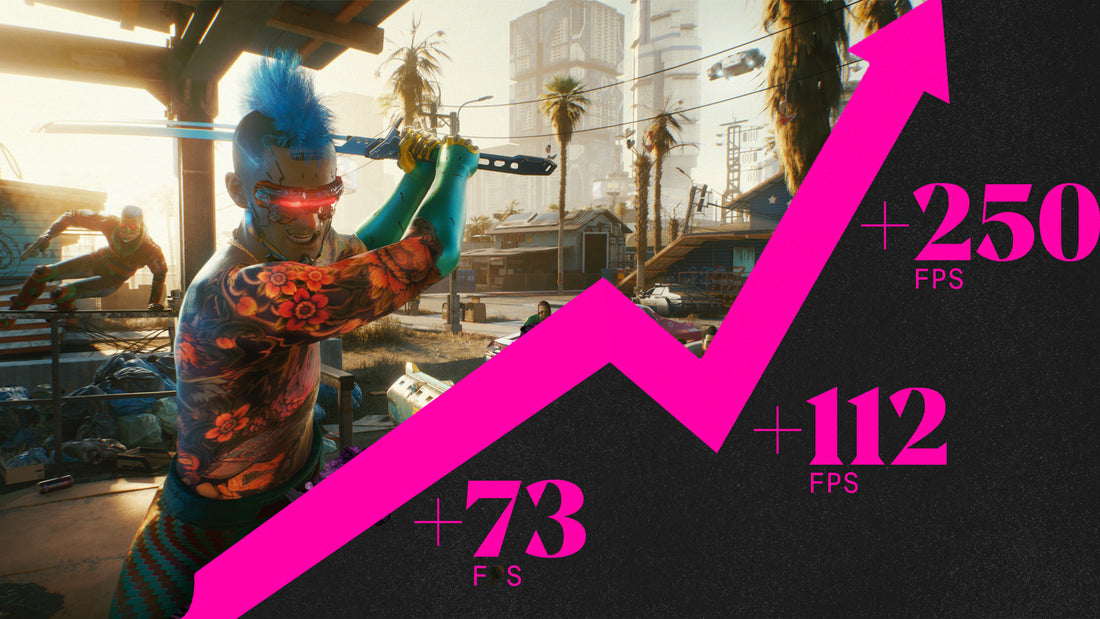Solid State Drives (SSDs) can potentially improve FPS (Frames Per Second) in certain scenarios, although their direct impact might not always be significant in gaming performance.
SSDs primarily affect game performance in terms of loading times, texture streaming, and overall system responsiveness. They significantly reduce loading screens and decrease the time it takes for games to load levels, textures, and assets compared to traditional Hard Disk Drives (HDDs). This improvement in loading times can enhance the overall gaming experience by reducing interruptions and providing smoother transitions between scenes.
However, in terms of directly impacting FPS during gameplay, the effect is generally limited. While SSDs can help with faster level loading and texture streaming, the actual in-game FPS largely depends on other components such as the CPU, GPU, and RAM. These components play more critical roles in rendering and processing game graphics, effects, and overall performance.
Upgrading from an HDD to an SSD might result in slightly improved FPS in some situations where the game is loading assets during gameplay. Still, for significant gaming performance enhancements in terms of FPS, upgrading the CPU or GPU, and ensuring sufficient RAM might yield more noticeable improvements.
In summary, while SSDs can contribute to a smoother gaming experience by reducing loading times and improving system responsiveness, their direct impact on FPS during gameplay might be limited compared to the influence of other key hardware components.

